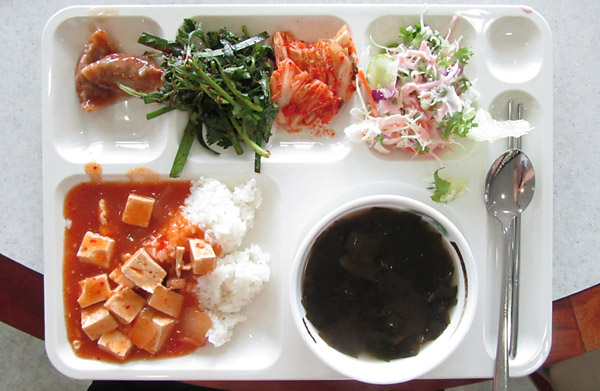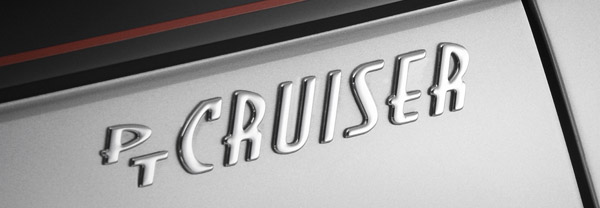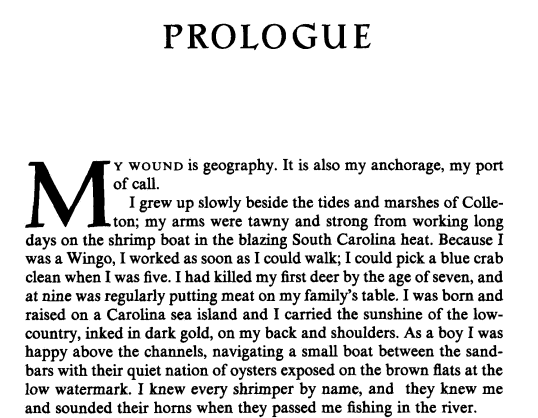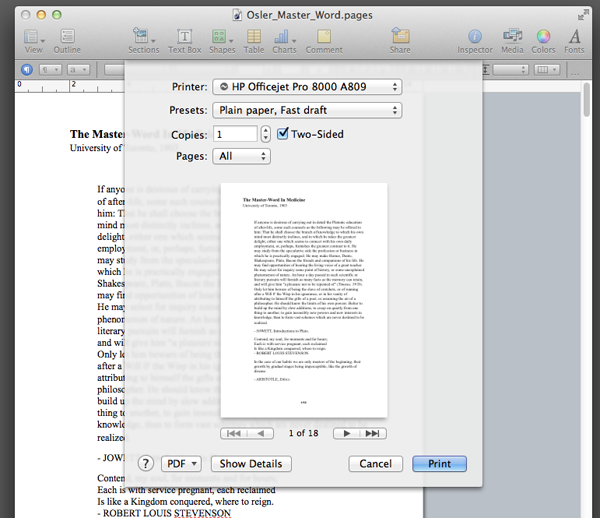With the introduction of Apple’s App Store on Mac, it became much easier to find, install and update applications.
Here are some of the apps that I found useful for task: management.  The Hit List has very simple-to-use interface design that works like a charm. It is rather expensive option, though. So moved on to Wunderlist.
The Hit List has very simple-to-use interface design that works like a charm. It is rather expensive option, though. So moved on to Wunderlist.
 Wunderlist is a fine choice. The best part is that it is free and the syncing works ok across different platforms, e.g., Mac, PC, iPad, iPhone, etc. It was ok but Producteev had better collaborative features.
Wunderlist is a fine choice. The best part is that it is free and the syncing works ok across different platforms, e.g., Mac, PC, iPad, iPhone, etc. It was ok but Producteev had better collaborative features.
 Producteev is another useful tool for managing collaborative tasks between two persons. (Free up to two persons.) When you put up a task, then other members can add comment on the task item or even attach files. This feature allows richer online interaction within the team. This is the one I am using for now.
Producteev is another useful tool for managing collaborative tasks between two persons. (Free up to two persons.) When you put up a task, then other members can add comment on the task item or even attach files. This feature allows richer online interaction within the team. This is the one I am using for now.
 Meanwhile, Day One is a tool for keeping a journal. It is not free ($9.99) but this program is useful for the way it is designed to keep you writing, with timely reminders and inspiring quotations that nudge you to writing something or anything. This is not a task management tool per se but it works well alongside the task management tools as you can keep a side note on the things you have covered each day.
Meanwhile, Day One is a tool for keeping a journal. It is not free ($9.99) but this program is useful for the way it is designed to keep you writing, with timely reminders and inspiring quotations that nudge you to writing something or anything. This is not a task management tool per se but it works well alongside the task management tools as you can keep a side note on the things you have covered each day.
 I am a happy user of DropBox, a file sync application/service that works seamlessly across PC and Mac. It is free up to 2GB of usage. I use DropBox extensively for synchronizing files among many members within a team.
I am a happy user of DropBox, a file sync application/service that works seamlessly across PC and Mac. It is free up to 2GB of usage. I use DropBox extensively for synchronizing files among many members within a team.
 While using DropBox for collaborative file syncing, I needed another cloud-based tool for backing up personal files. So I started to use SugarSync alongside DropBox. SugarSync gives you 5GB free.
While using DropBox for collaborative file syncing, I needed another cloud-based tool for backing up personal files. So I started to use SugarSync alongside DropBox. SugarSync gives you 5GB free.
 For managing schedule, I use Apple’s iCal and Google Calendar but neither of these seems to work very well for me. Someone recommends Fantastical, which I have yet to find out.
For managing schedule, I use Apple’s iCal and Google Calendar but neither of these seems to work very well for me. Someone recommends Fantastical, which I have yet to find out.
*I’d like to add that TeuxDeux, an online tool for to-do list management (and $2.99 iPhone app), looks quite promising, especially for their sensible use of typography. (No wonder. It was designed by swissmiss. Good job, Tina.) *Yammer also deserves a mention as a group collaboration tool. It is a twitter for an organization, enabling group conversation and record-keeping of past discussions. I think it works well for a group of 3-10 members.
Now, with all the tools at hand, actually getting things done at all is totally a different issue. Here is one long quote from William Osler that deeply impressed me recently regarding getting things done. It deserves careful reading.
Though a little one, the master-word looms large in meaning. It is the open sesame to every portal, the great equalizer in the world, the true philosopher’s stone, which transmutes all the base metal of humanity into gold. The stupid man among you it will make bright, the bright man brilliant, and the brilliant student steady. With the magic word in your heart all things are possible, and without it all study is vanity and vexation. The miracles of life are with it; the blind see by touch, the deaf hear with eyes, the dumb speak with fingers. To the youth it brings hope, to the middle-aged confidence, to the aged repose. True balm of hurt minds, in its presence the heart of the sorrowful is lightened and consoled. It is directly responsible for all advances in medicine during the past twenty-five centuries. Laying hold upon it Hippocrates made observation and science the warp and woof of our art. Galen so read its meaning that fifteen centuries stopped thinking, and slept until awakened by the De Fabrica, of Vesalius, which is the very incarnation of the master-word. With its inspiration Harvey gave an impulse to a larger circulation than he wot of, an impulse which we feel to-day. Hunter sounded all its heights and depths, and stands out in our history as one of the great exemplars of its virtues. With it Virchow smote the rock, and the waters of progress gushed out while in the hands of Pasteur it proved a very talisman to open to us a new heaven in medicine and a new earth in surgery. Not only has it been the touchstone of progress, but it is the measure of success in every-day life. Not a man before you but is beholden to it for his position here, while he who addresses you has that honor directly in consequence of having had it graven on his heart when he was as you are to-day. And the master-word is Work, a little one, as I have said, but fraught with momentous sequences if you can but write it on the tablets of your hearts and bind it upon your foreheads. But there is a serious difficulty in getting you to understand the paramount importance of the work-habit as part of your organization. You are not far from the Tom Sawyer stage with its philosophy “that work consists of whatever a body is obliged to do, and that play consists of whatever a body is not obliged to do.” A great many hard things may be said of the work-habit. For most of us it means a hard battle; the few take to it naturally; the many prefer idleness and never learn to love labor.
-William Osler, The Master-Word In Medicine (Montreal Medical Journal, 1903)

 3. work 하루하루를 채워가는 자신의 업무의 일부분을 이미지로 담는 것. 그것도 중요한 일상의 한 부분이다.
3. work 하루하루를 채워가는 자신의 업무의 일부분을 이미지로 담는 것. 그것도 중요한 일상의 한 부분이다.  4. bookshelf & storage 책꽂이, 책상 주변, 옷장 등의 일용품 속에 비쳐지는 그 사람의 잔영도 의미있는 일상이 될 수 있다.
4. bookshelf & storage 책꽂이, 책상 주변, 옷장 등의 일용품 속에 비쳐지는 그 사람의 잔영도 의미있는 일상이 될 수 있다.  친구들이 이런 사진 좀 보여주었으면. *첨언: 이런 사진들을 통해 정작 내가 보고자 하는 것은 친구들이 어떤 물건에 둘러싸여 살아가는지, 물건들을 어떻게 배열해놓았는지가 아니다. 단지 그들이 일상이라는 대상을 어떤 방식으로 바라보는지, 그 “시선”에 동참하고 싶은 것이다.
친구들이 이런 사진 좀 보여주었으면. *첨언: 이런 사진들을 통해 정작 내가 보고자 하는 것은 친구들이 어떤 물건에 둘러싸여 살아가는지, 물건들을 어떻게 배열해놓았는지가 아니다. 단지 그들이 일상이라는 대상을 어떤 방식으로 바라보는지, 그 “시선”에 동참하고 싶은 것이다.







 Meanwhile,
Meanwhile,  I am a happy user of
I am a happy user of  While using DropBox for collaborative file syncing, I needed another cloud-based tool for backing up personal files. So I started to use
While using DropBox for collaborative file syncing, I needed another cloud-based tool for backing up personal files. So I started to use  For managing schedule, I use Apple’s
For managing schedule, I use Apple’s